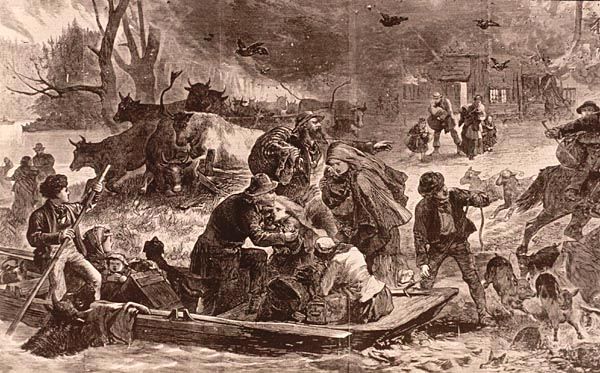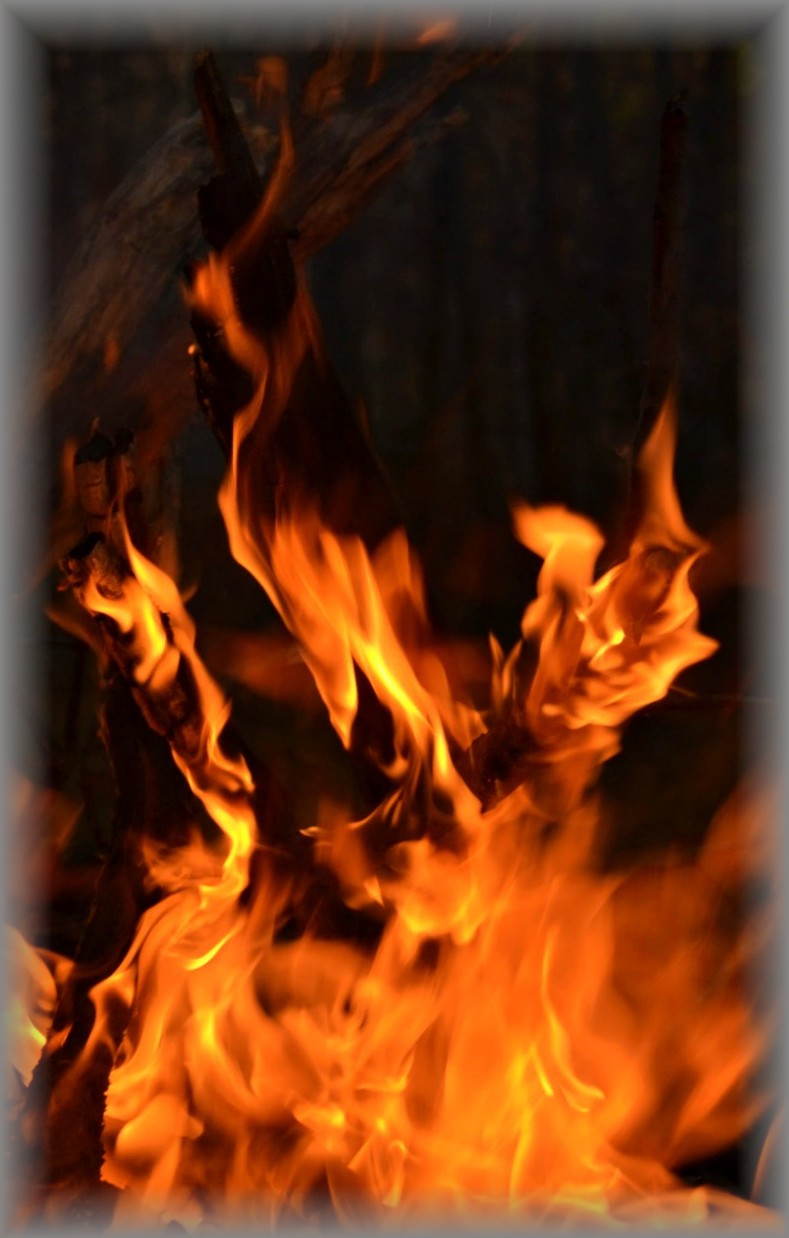

In addition to Peshtigo, 16 other communities were destroyed in the fire. When a firestorm erupts in a forest, it is a blowup, nature's nuclear explosion . " : 101īy the time it was over, between 1.2 and 1.5 million acres of land had been burned.

The diameter of such a fire ranges from one thousand to ten thousand feet . advance on winds of 110 miles per hour or stronger. In the words of Gess and Lutz, in a firestorm "superheated flames of at least 2,000 degrees Fahrenheit .

On the day of the Peshtigo fire, a cold front moved in from the west, bringing strong winds that fanned the fires out of control and escalated them to massive proportions. Due to the benefit of having the controlled fires, many people including immigrants from Europe believed that fire was an ally. This allowed for farmers to have good soil for planting which contributed to the fires that burned all summer and into the fall. Slash-and-burn land management was a common way to clear forest for farming and railroad construction. These fires, along with many other fires of the 19th century had the same basic causes: small fires coupled with unusually dry weather. Nonetheless, several cities in Michigan, including Holland and Manistee (across Lake Michigan from Peshtigo) and Port Huron (at the southern end of Lake Huron), also had major fires on the same day. Which one was going to get more attention?" "Peshtigo was a backwards lumber town then-who had ever heard of it? Chicago was the big city. "Everybody's heard about the Chicago fire, and that got all the publicity at the time," said a volunteer at the Peshtigo Fire Museum, named Ruth Wiltzius, whose great-grandfather perished while trying to escape. In total, the Great Chicago Fire took one-fifth as many lives as the Peshtigo Fire. Occurring on the same day as the more famous Great Chicago Fire, the Peshtigo fire has been largely forgotten, even though it killed far more people. Although the exact number of deaths is debated, mass graves, both those already exhumed and those still being discovered, in Peshtigo and the surrounding areas show that the death toll of the blaze was most likely greater than the 1889 Johnstown flood death toll of 2,200 people or more. The fire burned about 1.2 million acres and is the deadliest wildfire in recorded history, with the number of deaths estimated between 1,500 and 2,500. The largest community in the affected area was Peshtigo, Wisconsin which had a population of approximately 1,700 residents. The Peshtigo fire was a large forest fire on October 8, 1871, in northeastern Wisconsin, United States, including much of the southern half of the Door Peninsula and adjacent parts of the Upper Peninsula of Michigan. Two pieces of lumber that survived the fire


 0 kommentar(er)
0 kommentar(er)
